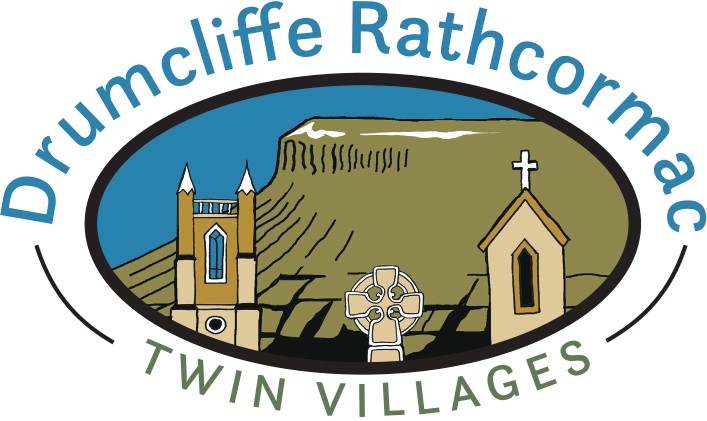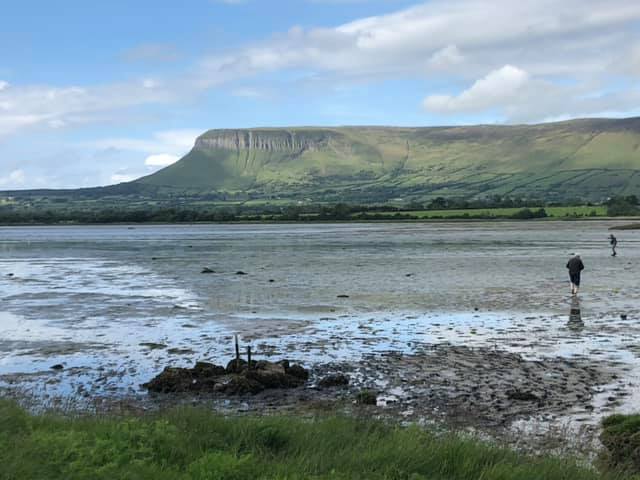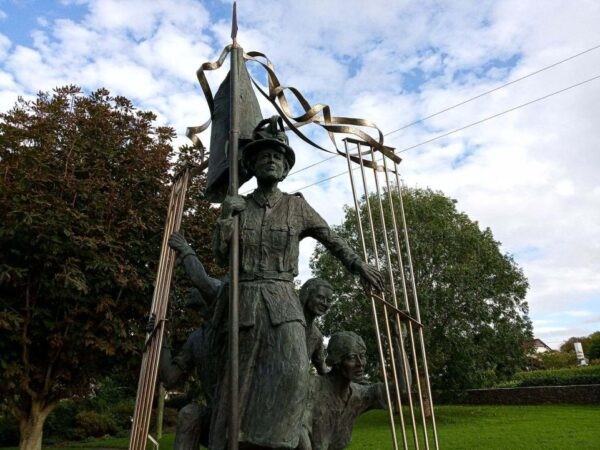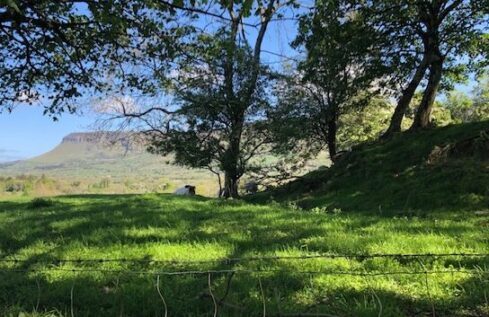The sheltered estuary is fringed by saltmarsh and its extensive mud flats are exposed at low tide. In winter time, these mud flats serve as important feeding grounds for a large number of wading birds including bar-tailed godwit, dunlin, redshank, curlew, golden plover lapwing, and oystercatcher, as well as brent goose, shelduck and black-headed and common gulls. Small numbers of greenshank feed along the edge of the channel and seaweed covered rocky outcrops are home to turnstone. Wigeon and teal feed in shallow water and the deeper parts of the channel often hold great northern and red-throated divers, red-breasted merganser and long-tailed duck.
Ballygilgan Nature Reserve is visited annually by large numbers of barnacle geese and a shallow pond in the field attracts wigeon, teal, shoveler and occasionally pintail. The beach at Lower Rosses attracts significant numbers of sanderling and ringed plover, a small number of the latter breeding along the dunes. The dunes are full of colour in summer with common spotted orchid, pyramidal orchid and lady’s bedstraw being prominent. Large patches of kidney vetch provide food for the larvae of the small blue butterfly. Bird’s-foot trefoil is the larval food plant for the six-spot burnet moth, the adult often to be seen in great numbers.
The bird life of Drumcliff Bay is regularly monitored by members of the Sligo Branch of BirdWatch Ireland as part of the Irish Wetland Bird Survey (I-WeBS). Designated as a Special Protection Area (SPA) under the E.U. Birds Directive, the Bay holds nationally important numbers of bar-tailed godwit and sanderling. The ‘Goose Field’ at Ballygilgan is a Statutory Nature Reserve with numbers of barnacle geese wintering in the area exceeding 4,000 in recent years. Due to the variety of habitats found and its importance to wintering birds Drumcliff Bay is designated part of the Cummeen Strand/Drumcliff Bay (Sligo Bay) Special Area of Conservation.





